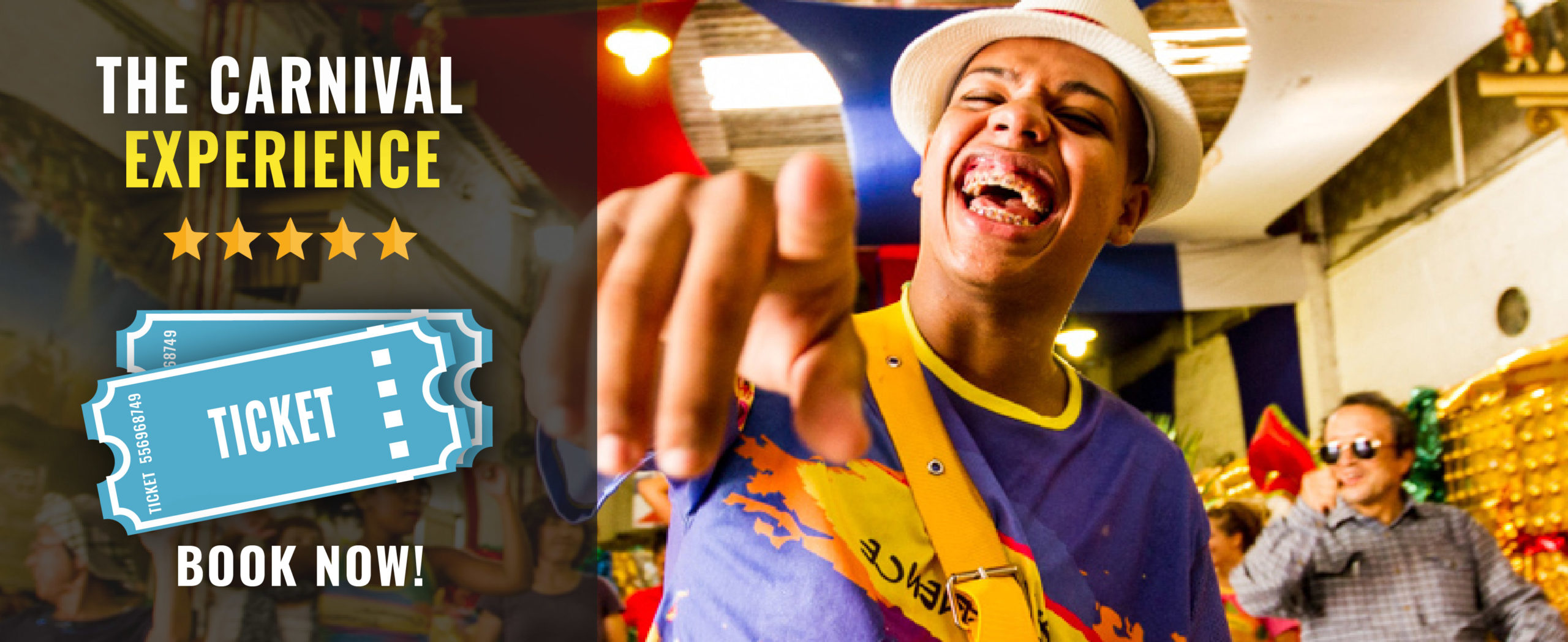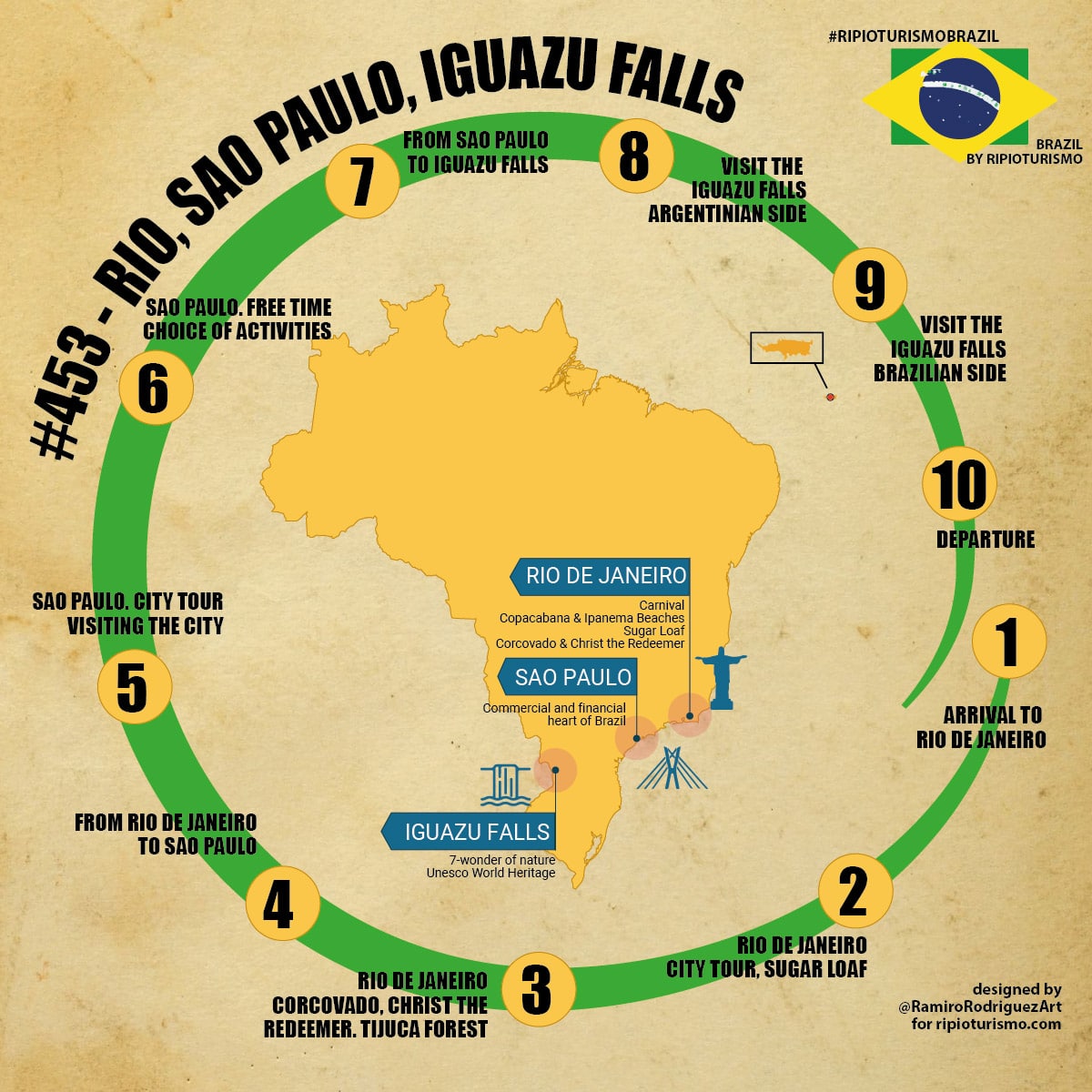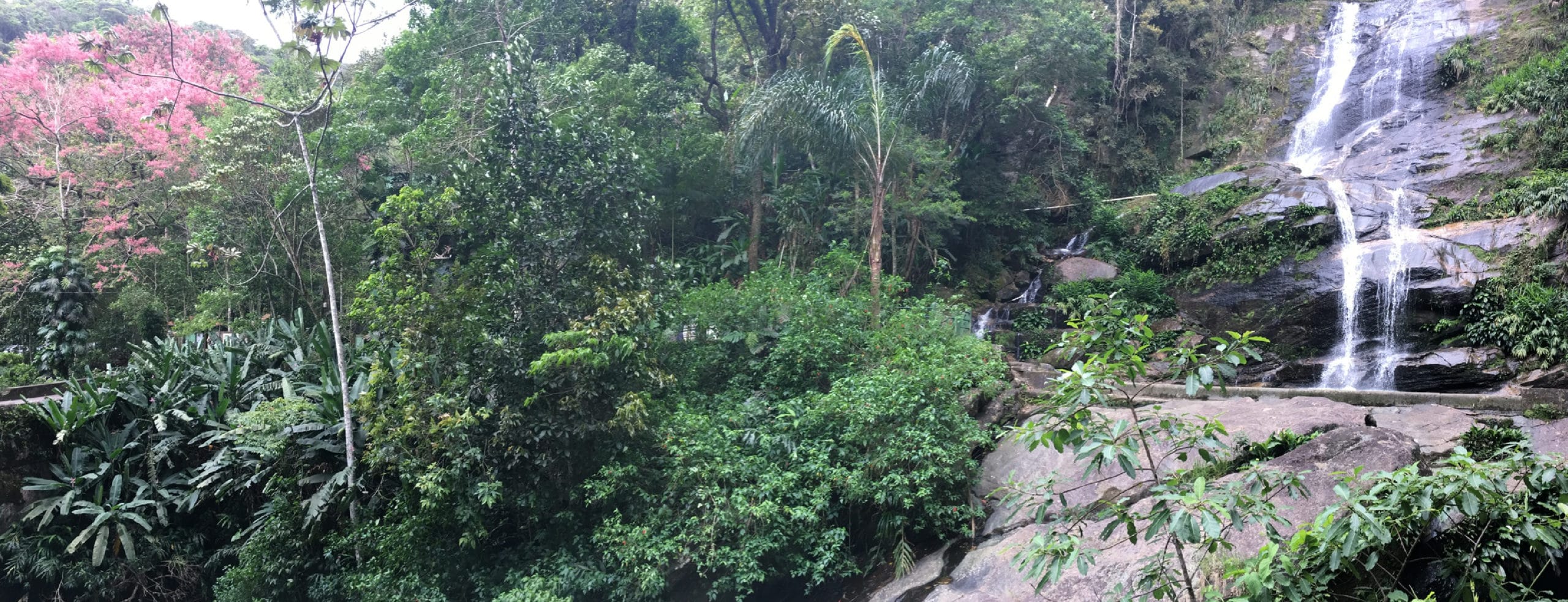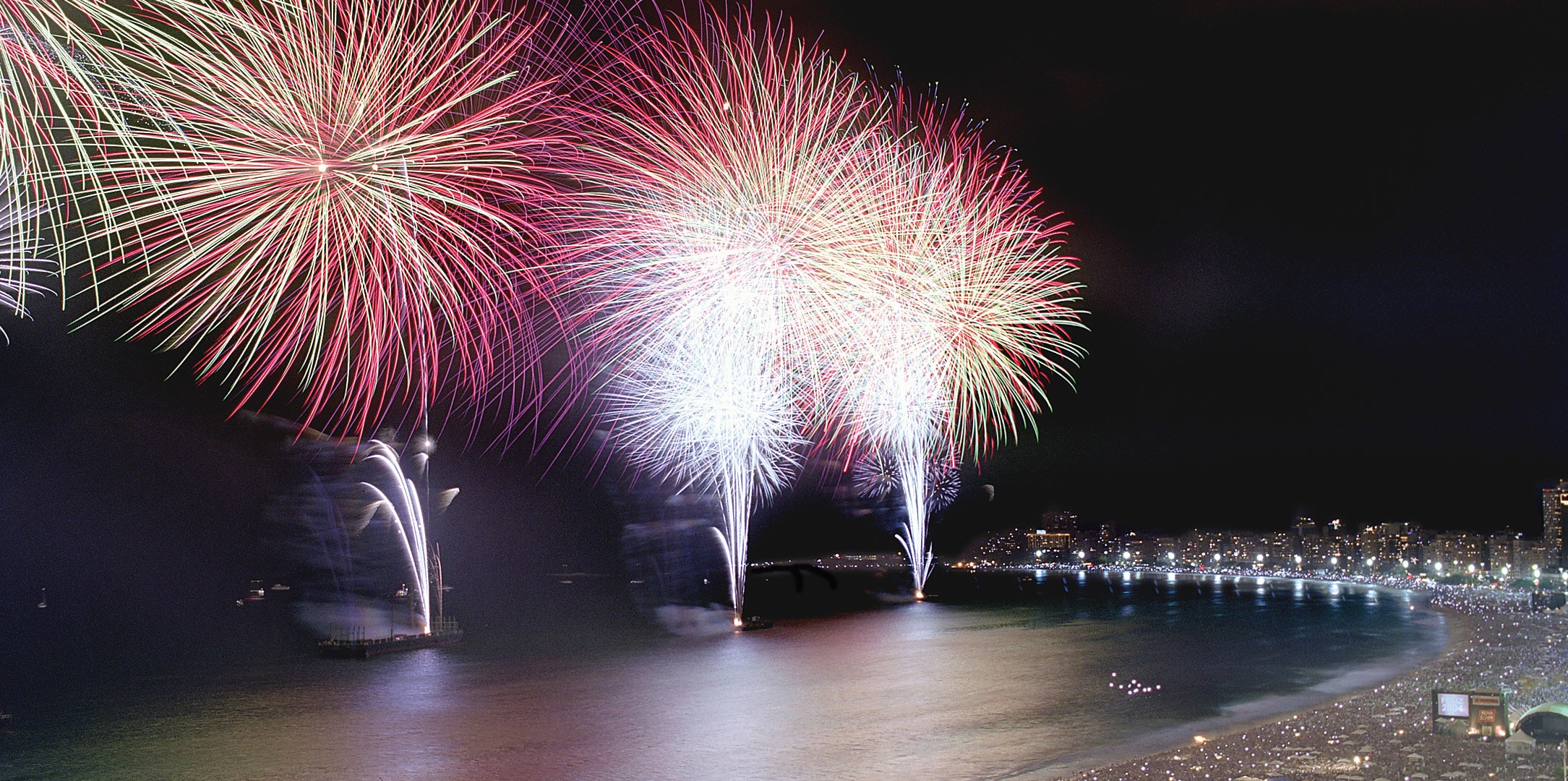Rio de Janeiro Carnival: A Colorful Explosion of Culture
The Rio de Janeiro Carnival is Brazil’s most iconic celebration, a vibrant spectacle that takes over the city every year. It’s more than just a party—it’s a powerful expression of Carioca culture, mixing samba rhythms, elaborate costumes, and boundless energy. The grand finale? The dazzling parade of the Samba Schools at the Sambadrome.
When Does Carnival Take Place?
Although officially held over four days—from Saturday to Tuesday before Ash Wednesday—the festivities often start earlier and stretch throughout the week. The celebration marks the beginning of Lent, blending centuries-old traditions with modern flair.
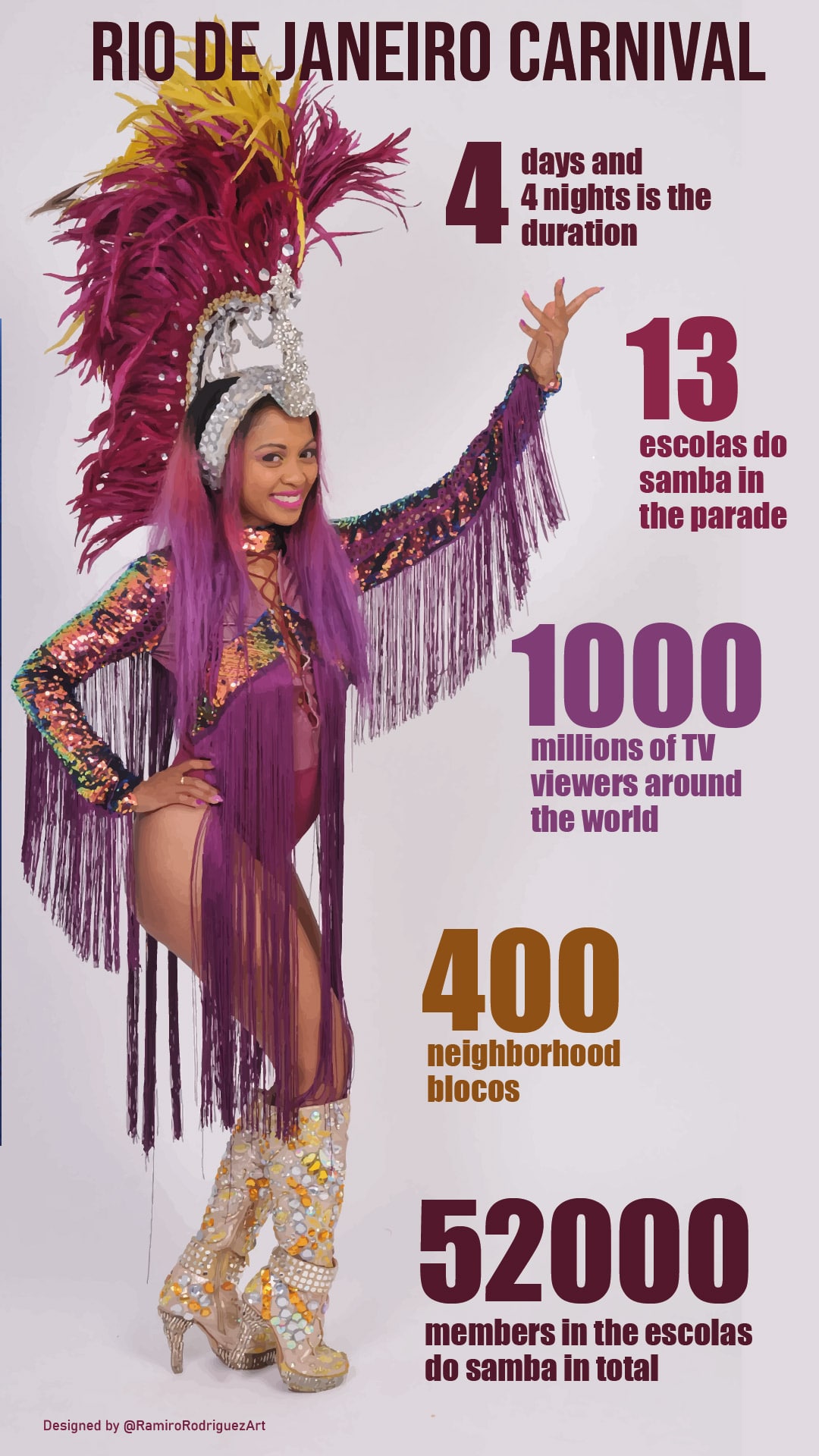
A Celebration for Everyone
Carnival in Rio is for everyone. Locals and tourists alike pour into the streets to join the blocos de rua, open-air street parties that feature live music, dancing, and colorful costumes. With over 500 blocos throughout the city, including iconic neighborhoods like Copacabana, Ipanema, and Santa Teresa, the atmosphere becomes electric.
Highlights of the street celebrations include:
- Free parades and concerts
- Themed costumes and masks
- Non-stop samba dancing
The Origins of Carnival
The tradition of Carnival in Brazil has roots in European customs, particularly the Portuguese version known as Entrudo, where people would throw water and other substances at each other. Over time, this mixed with Afro-Brazilian influences, bringing new rhythms, dances, and costume elements.
Eventually, samba emerged as the heartbeat of Carnival. Samba schools formed, preparing all year long for their moment in the spotlight at the Sambadrome. What began as local street parades evolved into a highly competitive, world-renowned festival.
The Sambadrome Parade
At the heart of Carnival is the Sambadrome Marquês de Sapucaí, a 700-meter-long venue designed by architect Oscar Niemeyer and inaugurated in 1984. During the main event, the top Samba Schools perform with thousands of dancers, musicians, and elaborate floats, competing for the title of Champion.
Key features of the Sambadrome Parade:
- Each school has 80 minutes to perform
- Costumes reflect historical and cultural themes
- The jury evaluates rhythm, choreography, storytelling, and visuals
The final results are announced the following Saturday during the Parade of Champions, where the top six schools perform again.
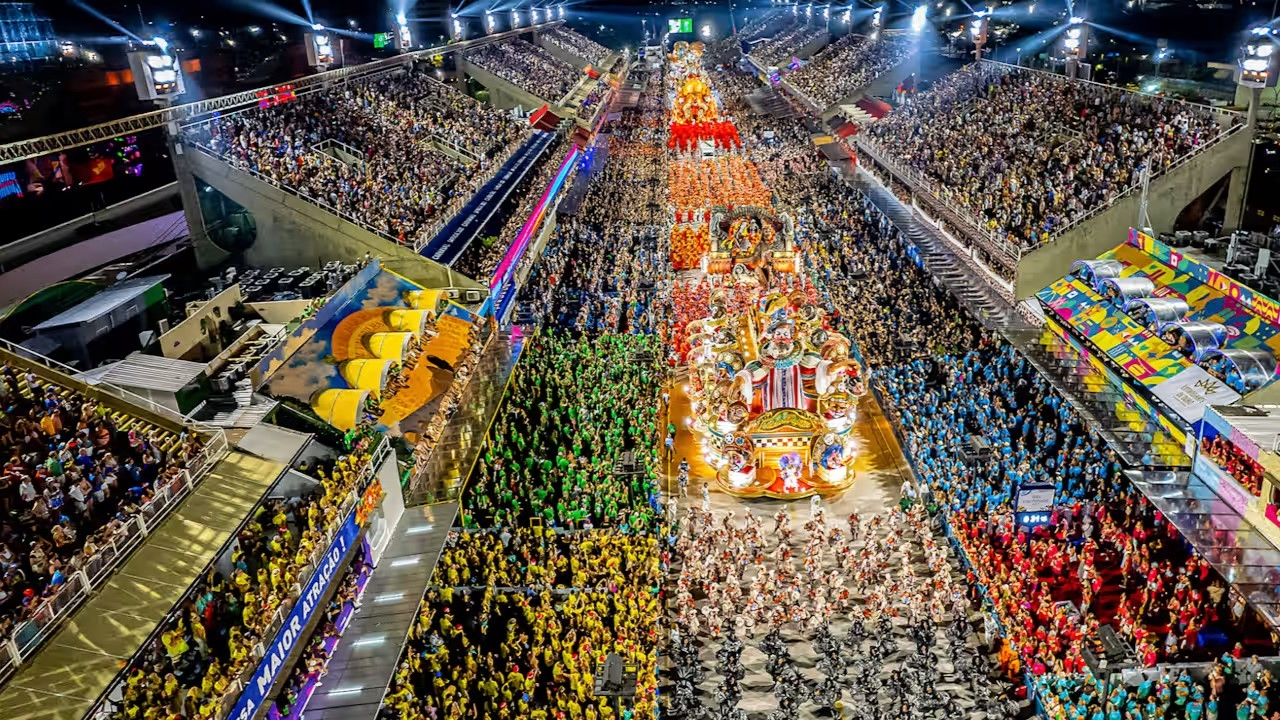
Where to Watch: Tips for the Sambadrome
Whether you’re on a budget or going VIP, there are viewing options for every traveler:
Grandstands:
- Cheapest option (except for Sector 9, the tourist sector)
- Wide-angle views, unassigned concrete steps
- Best sound near Sectors 9 and 11 (near the percussion pit)
Numbered Seats (Sector 12):
- Affordable with designated seating
- Located near the Apotheosis Square
Frisas (Open Boxes):
- Located trackside in front of Sectors 2–11
- Divided into rows A–D, seating up to 6 per box
- Row A is closest to the action
Luxury Suites:
- Best views, private amenities
- Perfect for those wanting comfort, food, and drinks
Carnival Across Brazil
Though Rio is the star, other cities also celebrate in unique ways:
- Salvador: Features electric trios and Afro-Brazilian influences
- Recife and Olinda: Known for frevo and maracatú
Final Thoughts
Whether you’re dancing in the streets with a bloco or marveling at the stunning performances in the Sambadrome, Carnival in Rio is an unforgettable experience that blends history, culture, and celebration like nowhere else.
Book the Carnival Experience in Rio de Janeiro
We have a complete list of activities and excursions to enjoy Rio de Janeiro. One of these activities is the Carnival Experience, to learn more about the amazing Carnival of Rio de Janeiro
Enjoy our tours to visit Rio de Janeiro and other destinations in Brazil
Are you looking for tours to visit Rio de Janeiro and other destinations in Brazil? One of my favorites is the #453 – Rio de Janeiro, Sao Paulo and Iguazu Falls. Check more information by clicking in the image below
More tours to visit Rio de Janeiro and Brazil
We have a complete list of tours to visit Rio de Janeiro and other amazing destinations in Brazil. Check our complete list of tours for Brazil here
For more information, just contact us at info@ripioturismo.com
Thank you!


